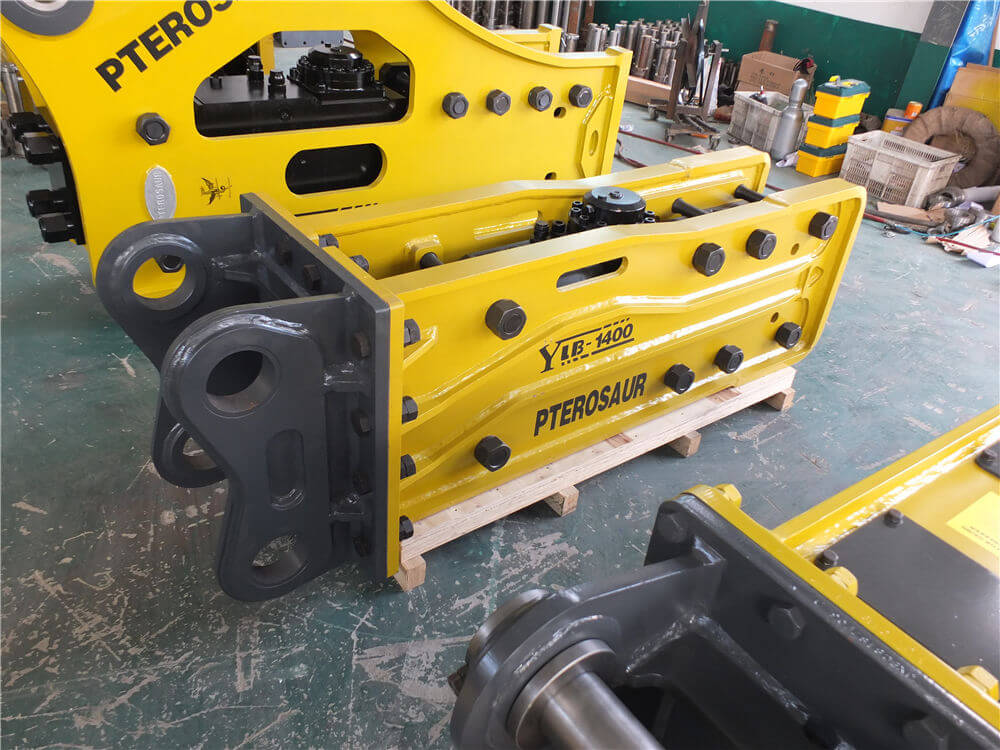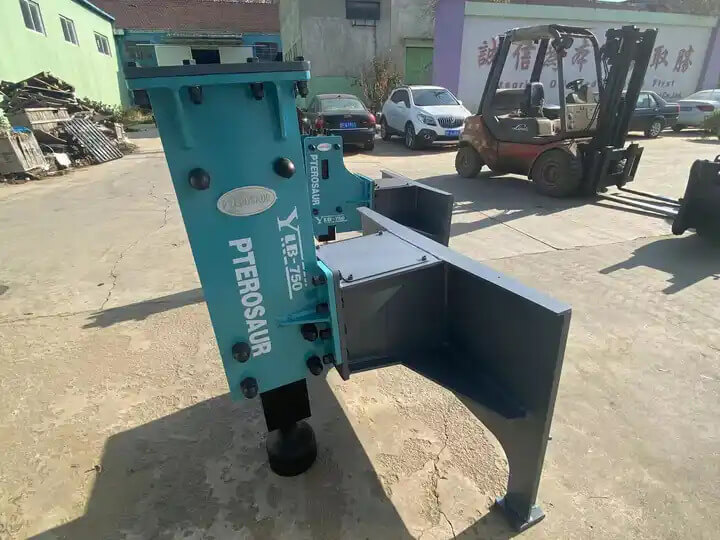The Essential Guide to Mini Excavator Breaker Attachments
Mini excavators are versatile machines that can be equipped with various attachments, enhancing their functionality in construction and demolition projects. Among these attachments, hydraulic breakers, also known as hydraulic hammers, stand out for their ability to efficiently break through tough materials like concrete, asphalt, and brick. In this article, we will explore the different types of mini excavator breaker attachments available, their benefits, and key considerations for selecting the right one for your projects.
Understanding Mini Excavator Breaker Attachments
Mini excavator breaker attachments are hydraulic tools designed to be mounted on the boom of a mini excavator. They leverage the power of hydraulics to deliver high-impact energy, allowing operators to break, demolish, or crush hard surfaces effectively. These attachments are particularly useful in demolition and construction applications, where speed and efficiency are paramount.
Types of Hydraulic Breakers
-
Compact Hydraulic Breakers: These are lightweight and designed for smaller mini excavators (typically weighing between 0.8 to 1.5 tons), making them ideal for residential or small-scale projects. Brands like AHM and Yuchai offer models tailored for compact machines.
-
Heavy-Duty Breakers: For larger mini excavators, heavier hydraulic breakers are available that can handle more intensive tasks. Examples include the UBTECH UBT30S and UBT20S, which are designed for robust performance in demanding environments.
-
Attachments for Skid Steers: Some hydraulic breakers are versatile enough to be compatible with skid steer loaders, allowing for greater flexibility in equipment use. These attachments are particularly useful for contractors who operate various machinery.
Benefits of Using Hydraulic Breaker Attachments
- Efficiency: Hydraulic breakers can significantly reduce the time required to break through hard materials, increasing productivity on job sites.
- Versatility: With the right attachment, a mini excavator can perform multiple tasks, from breaking concrete to digging and lifting, making it a valuable asset for contractors.
- Cost-Effectiveness: Investing in a hydraulic breaker attachment can be more economical than hiring specialized demolition equipment, especially for smaller projects.
Key Considerations When Choosing a Breaker Attachment
When selecting a hydraulic breaker attachment for your mini excavator, consider the following factors:
-
Compatibility: Ensure the breaker is compatible with your mini excavator model. Many manufacturers offer adapters for different coupler styles, enhancing versatility.
-
Weight and Size: Choose a breaker that matches the weight class of your mini excavator. Using an attachment that is too heavy can compromise the machine’s stability and performance.
-
Impact Energy and Blow Rate: Different breakers deliver varying levels of impact energy and blow rates, which affect their efficiency in breaking materials. Consider the specific materials you will be working with to choose an appropriate model.
-
Hydraulic Flow Requirements: Check the hydraulic flow requirements of the breaker to ensure that your excavator can support its operation. Most breakers have specific GPM (gallons per minute) and PSI (pounds per square inch) requirements.
-
Durability and Brand Reputation: Opt for brands known for their quality and durability, such as JCB, Epiroc, and CID Attachments. Investing in a reliable brand can save you costs on repairs and replacements in the long run.
Conclusion
Hydraulic breaker attachments for mini excavators are indispensable tools for any contractor involved in demolition or heavy construction. With various options available on the market, it’s essential to assess your specific needs and choose an attachment that enhances your excavator’s capabilities. Whether you’re breaking concrete with a compact hydraulic breaker or tackling larger projects with a heavy-duty model, the right attachment can significantly improve your efficiency and productivity on the job site.



































